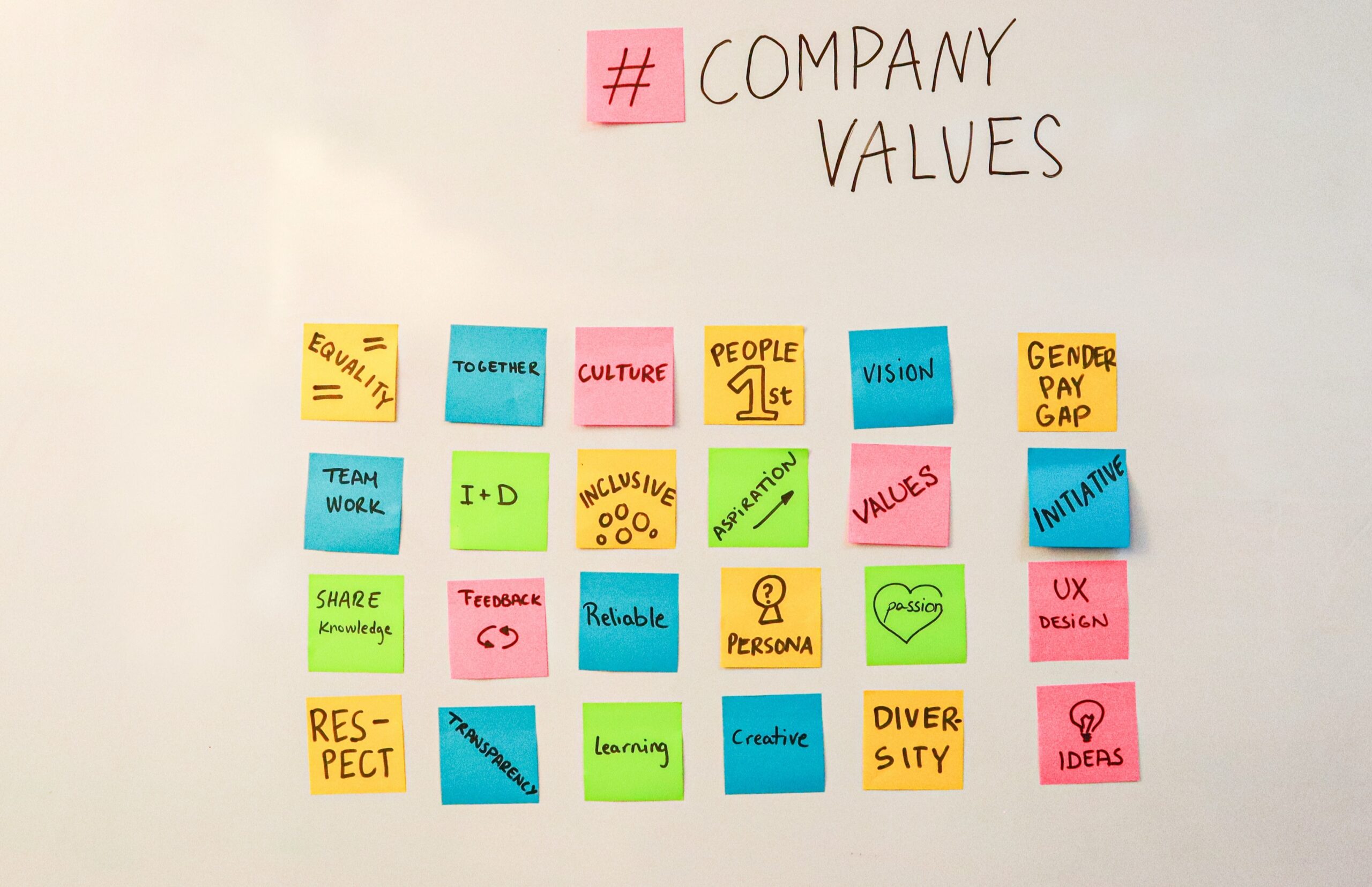
By Margaret Graziano is the founder and CEO of KeenAlignment
Last week in Part 1 of Creating a Resilient Company Culture we explored ways that leadership can navigate change and lead a thriving business amidst challenges by understanding the role of a company’s emergent culture and leadership’s influential role.
This week, in part 2, we’ll answer the question – posed last week – what kind of culture is leadership creating.
Cultivate the Leadership Team
The leadership team further propagates cultural attributes throughout the organization. Behaviors exhibited by this team tend to cascade down to various departments. Leadership must demonstrate consciousness and accountability for their actions. This includes acknowledging their role in shaping the culture and undertaking personal growth to support a healthy, high-performance human system.
By focusing on the following key elements, the leadership team can contribute to a thriving culture:
- Achievement. The company knows what they’re here to do, why they’re doing it, and how they’re measuring it. Organizational achievements are individual achievements, and vice versa. Achievements are specific, measurable, attainable results that are bound in time.
- Self-actualization. Each person is conscious. They know what their strengths and weaknesses are, and they’re responsible for them and the impact they have on others. They’re doing their own development and personal work just like the leader is.
- Affiliation. People are partnering, collaborating, sharing ideas, and problem solving on all levels. Cross-functional teams are committed to the noble cause and vision for the organization and are coming up with ways to problem solve together to fulfill the vision.
- Humanistic Managers. Managers authentically care about their people. They are aware of what’s going on in their employees’ lives, what their goals are, and how they want to grow. When an employee knows to their core that their manager has their best interests at heart and they want them to thrive, difficult conversations to improve performance can happen. Mentorship, coaching, and caring for people comes with humanistic management, and it supports employees who grow and thrive.
Assess Environment and Employees
Employee behavior provides insights into the prevailing environment. Key considerations include whether they experience autonomy, trust, and support in their roles.
Ask these questions to assess the environment that your team members are navigating:
- How well do employees handle changes and upsets and challenges in the market?
- Do people feel the freedom and trust to share new ideas, take risks and have space to fail?
- Is there space in the time at work to ideate, innovate and co-create?
- Are meetings inspirational and motivating or just a laundry list of getting things done?
- Is everyone clear on what the noble cause is?
- Is the right architecture or systems in place for people to work effectively together?
- Is the leadership team dismantling anything getting in the way of employees taking the ball and running with it?
- If there’s a problem, are the employees the ones to solve it?
- Are people being given the autonomy they need?
- Are people held accountable to their agreements and promises and measures?
- Can you have difficult conversations?
Achieving Resilience Through Emergent Culture
In times of uncertainty, organizations with the ability to adapt and pivot harness their power. Such resilience hinges on a healthy human system and a shared commitment to the company’s purpose. Leadership needs to exemplify responsibility, optimism, and collaborative problem-solving across departments to overcome obstacles and realize the company’s vision. This approach cultivates an emergent culture, capable of navigating challenges effectively.
While creating an emergent culture demands considerable dedication, care, and focus, the rewards are boundless. With a culture founded on change management skills, response agility, and employee fulfillment, organizations can not only weather storms but also soar to new heights.
Margaret Graziano is the founder and CEO of KeenAlignment, as well as a Wall Street Journal Best-Selling Author for her book “Ignite Culture.” She has been recognized as one of Silicon Valley’s Top 100 Women Leaders. Magi’s groundbreaking work is driven by her power to uncover and catalyze human potential. Go to https://keenalignment.scoreapp.com to take KeenAlignment’s Culture Assessment and see if you have an Emergent Culture.














